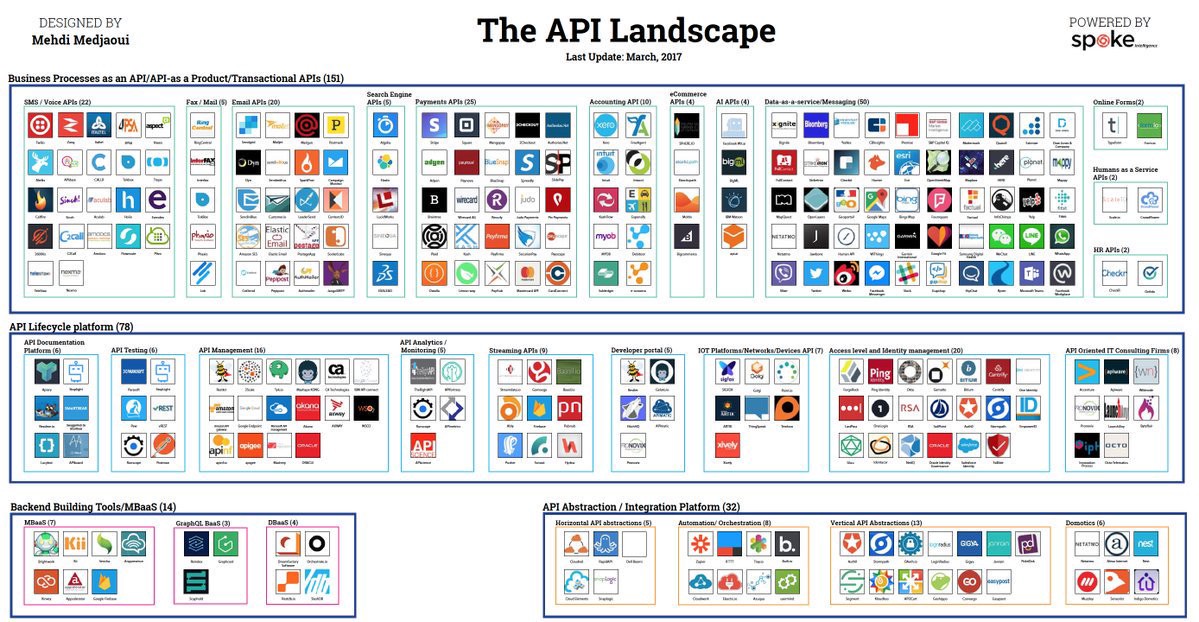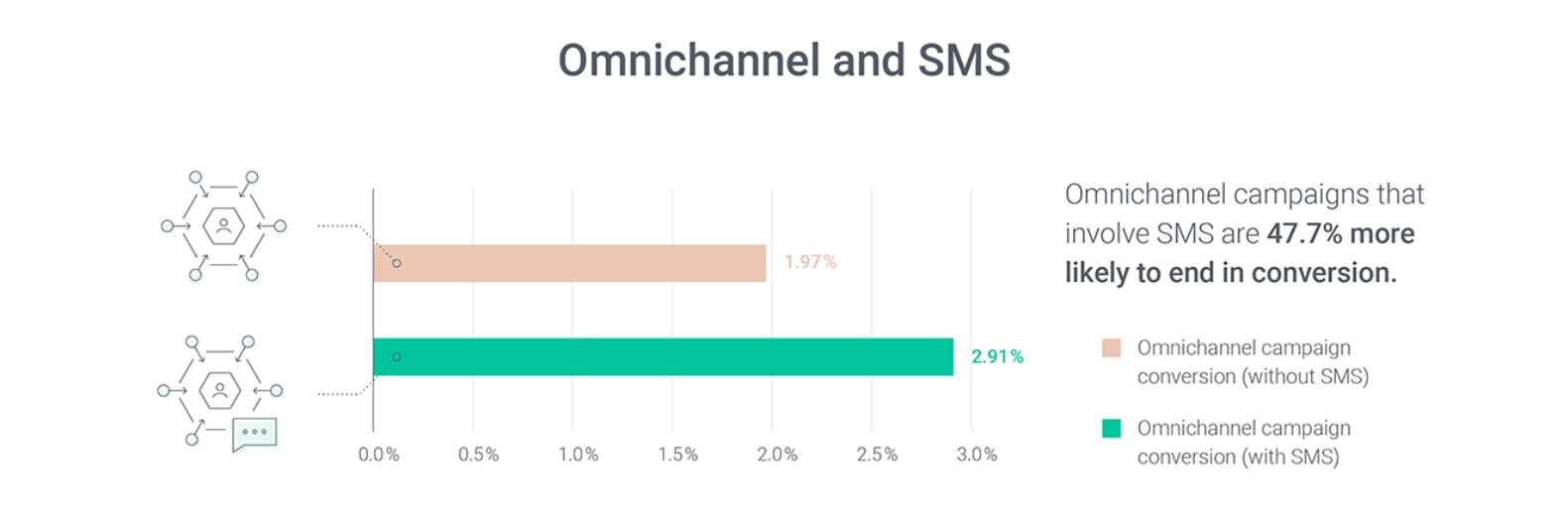
According to a study by New Vantage, 97.2% of organizations are investing in big data practices today. Just how valuable the intelligence you collect is, though, depends entirely on how capable you are of harnessing it. The first thing you need to do is consolidate your data effectively so you can easily process, analyze, and extract insights from the swathes of information.
Data consolidation can be challenging, time-consuming work. However, it’s easy to streamline your efforts by adhering to some key best practices. We delve into them below.
First, a quick summary of why data consolidation is critical in the modern marketing ecosystem. Combining your CRM, email, advertising, web performance, and other relevant intelligence in one place empowers you to do all of the following:
This is by no means a comprehensive list. Data insights can help you improve sales, marketing, customer success, and many other areas within your organization. Consolidating your data will ultimately enable you to maximize the value of investing in big data and artificial intelligence in the long term.
Effective data consolidation involves creating a system where your business data is regularly processed and uploaded to a single platform. You can manually consolidate data from various sources, but it will quickly become outdated and irrelevant as new, real-time business data comes in. Combining application programming interfaces (APIs) from your various data sources is the solution to this problem.

The most valuable marketing technologies today have features in place that allow them to easily communicate and share data between other software programs. You need to have flexibility and control over how your different tools share data, what format the data is in, etc. If you’re unable to combine APIs between your various tools, it’s worthwhile investing in new technologies that can.
Successful data consolidation means you must have complete control over your own audience data. This becomes challenging when you rely heavily on “walled garden” data environments. Platforms like Google, Facebook, and Amazon have a wealth of third-party data you can use to surface insights about your marketing campaigns. However, you don’t actually own this data, so you can’t control it or consolidate it.
While you can’t simply cease using Facebook and Google Ads, there are tactics you can adopt to minimize your reliance on such walled garden data environments. For instance, avoid using features that also allow these platforms to control your first-party data (such as Facebook’s tracking pixel or Google’s tracking tags). Instead, use your own technologies to capture your intelligence. This will make it easier to control, unify, and analyze your audience data the way you want to.
Utilizing technologies that can share and merge data is very valuable, but it’s easy to run into issues if the data you’re transferring is incomplete. Different tools use data points in different ways to categorize, tag, and sort consumer data. If you don’t have complete information about each of your leads or customers, this could lead to organizational issues later on.
As an example, some CRM platforms identify leads by their name, while others identify and categorize leads by their email address. If the data you transfer over is missing email addresses, then the tool will be unable to distinguish and categorize those leads properly. For this reason, ensure that all your fields are filled out before engaging in any kind of data consolidation activities.
It’s also vitally important that data types are consistent across these platforms. Different platforms will categorize and illustrate the same data contrastingly. You don’t want to discover this after your data is already merged. One tool may use a date/time format while another uses date only. Or one may denote currencies using symbols ($, €) while another uses USD and EUR abbreviations. It’s much easier to adapt your data to a new system before transferring it over, rather than fixing it after the fact.
As a result of globalization and the growth of the technology industry around the world, there are now a plethora of tools on the market that allow you to store single-byte characters (used for European languages) and double-byte characters (used for languages like Chinese and Japanese). However, if you merge your data to a platform that doesn’t have this flexibility, you could end up storing data with incongruent characters, making some fields impossible to read.
Regardless of whether or not you run an international business that uses multiple languages, it’s just good practice to use a character set that can express data in any language. Unicode is one popular option that can encode and represent text irrespective of the character set used.
Data consolidation can be a huge task, particularly for enterprise-level businesses with various distinct audiences, marketing channels, and campaigns. Since it will take a while to achieve full data consolidation, it’s best to start with the data sets that you can derive the most valuable insights from.
Cross-channel data is one of the best places to start. Consistently marketing to leads across platforms is now more important than ever. It can grow your purchase rate, conversion rate, and ROI. According to Omnisend’s 2020 Marketing Automation Statistics Report, Omnichannel campaigns that include SMS are 47.7% more likely to lead to conversions:

That said, omnichannel marketing is only possible if you’re able to track interactions across marketing channels. That’s a key benefit of data consolidation. So, start by integrating disparate data that will offer the most valuable insights into your marketing strategy, such as online and offline performance data and cross-channel interactions.
Even if you’re able to combine APIs to automatically share data between platforms, there’s still a lot of possibility for errors in your data. The worst way to discover data errors is after you’ve already consolidated it in a single processing platform. Then you have to fix the problems on multiple platforms rather than one. The majority of data management systems have safeguards in place to prevent people from accidentally corrupting or deleting data. However, mistakes can still be made. It’s best to review your data at the source before consolidating it.
Using the right data management tools, you can also use automation to double-check for data errors. Many automated bidding technologies have anomaly detection capabilities that can identify potential data errors, flag them, and notify marketing managers. In the case of PPC bidding, artificial intelligence can identify when campaign performance varies significantly from projections, then pause campaigns and give marketers the chance to determine if data anomalies are the cause.
Technologies that can help you streamline data consolidation are growing in number. Turning to technology for help is necessary for just about any sized business because there’s simply too much relevant business data to sift through by hand.
What kind of tool you should invest in, though, depends on what your goals are. Why is data consolidation important to you? Most businesses invest in data consolidation to gain insights to empower sales and marketing organizations. In that case, it makes sense to consolidate data using a tool that can also help you analyze it and act on new insights.
There are plenty of benefits to data consolidation, but there is also a lot of room for error. You need to take a careful, planned approach to consolidate your data accurately, minimize the time you invest, and maximize the value for your marketing and sales strategy. Ultimately, the effectiveness of your data consolidation efforts owes a lot to your MarTech stack. You should work with technologies that can share data with each other and look to employ a central tool that can process all your relevant data for you. Invest in technology that’s designed for data consolidation and you can’t go wrong.